Established in 1689, French & Jupps boasts a legacy steeped in history. We commenced our malting operations in 1810, proudly making us Great Britain’s oldest maltster. Discover how French & Jupps, the roasted malt specialists, have evolved alongside key global events over the past 336 years.
At the Maltings, we have a stunning collection of artefacts and antiques from our past.
by 1689
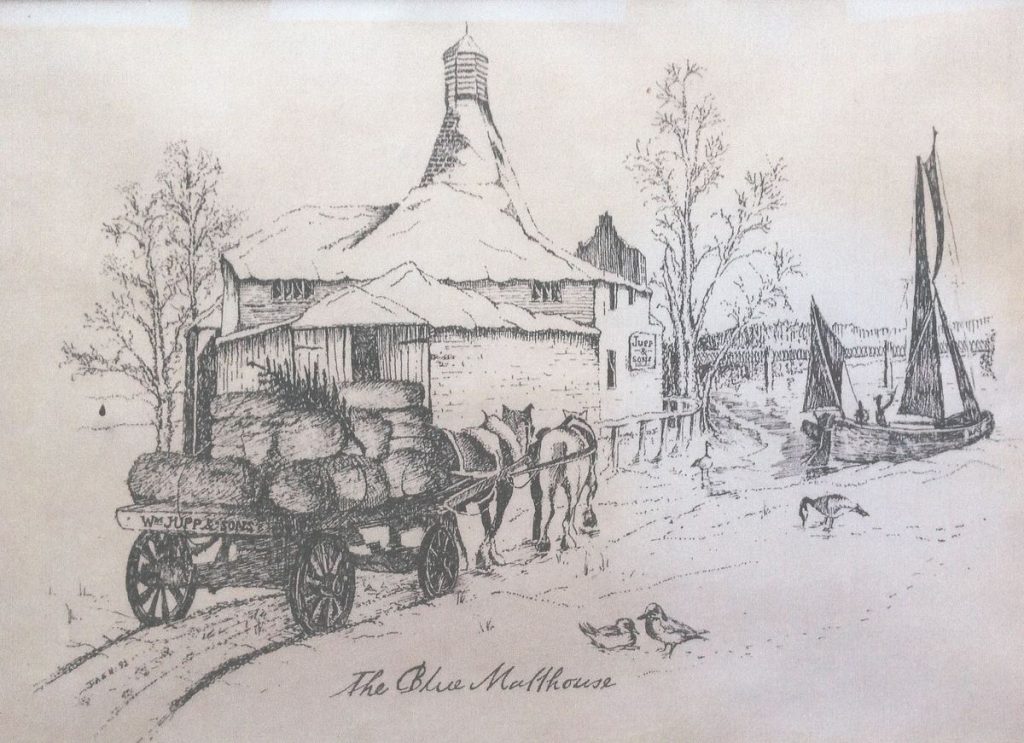
The Jupp family were farmers and maltsters on the South Downs in West Sussex.
1750
Construction work started on the current Maltings premises.
1771
William Jupp, born in Horsham, West Sussex.
1774
David Jupp (I), one of the few privately owned maltsters in the south of England, was producing malt at Kingston-upon-Thames and Spitalfields in London.
1780
William Jupp was occupying a single malthouse in Ferry Lane, Old Brentford, Middlesex. Owned by Richard Thorogood, William Jupp took over the malthouse from occupant a Mr Wallace. It is believed this location was strategically chosen for its docks and wharves, serving as a prime location to expand a maltings business as well as for trade in coal, corn, and hay, all of which became part of Jupp’s business interests. The Bill for the Grand Junction (Grand Union) Canal was also passed on 30 April 1793.
There was a trading relationship with William Whitbread’s brewing, distilling, and rectifying business in Old Brentford.
This malthouse remained part of the business until at least 1901. The Ordnance Survey large-scale maps of 1893 show it was a large building.
1798-1806
William (I) had three children who were involved in the malting industry to a greater or lesser extent: William born 1798/9, Charles born 1804 and Henry born 1806. The firm was soon trading as William Jupp and Sons.
1800
The Grand Junction (Grand Union) canal was fully opened to Brentford. As a result, there was access to and from the Midlands and of course down the Thames to the London brewing market for malt.
1810
The Jupp family commence malting operations at a malt house on the River Thames at Kew Bridge, London, England. Establishing French and Jupps as Great Britain’s oldest maltster, surpassing Warminster Maltings in Wiltshire by 45 years.
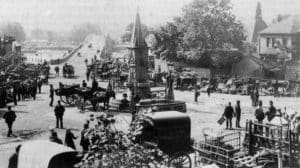
IN THE USA ~ Following extensive damage during the 1812 War, President James Madison commences a three year re-build of The White House to restore it to the magnificent building we know today.
INVENTION ~ A British inventor, Daniel Wheeler invented a device for roasting malt and kilning. This new and improved method introduced a rotating drum, which replaced the perforated floor kiln, preventing the malt from being exposed to the kiln’s fire. Thus maltsters could now control the flavour and colour of malts with more precision.
1826-7 & 1839
At Kew Bridge House, the Jupp family were operating a malthouse on the site in 1826–7 and 1839. They were the leading 19th-century maltsters of Brentford.
1842
In the UK, roasting was first permitted as a result of the ‘Roasted Malt Act’ of 1842, which stated that : “malt is not to be roasted for sale, or sold, except by persons duly licensed”. The special licence, or patent, led to the products being referred to as ‘patent malts’. ‘Speciality malts’ was another epithet applied to them, and the manufacture of such products has always required intensive energy usage, capital investment, technology, highly skilled and experienced supervision and quality control.
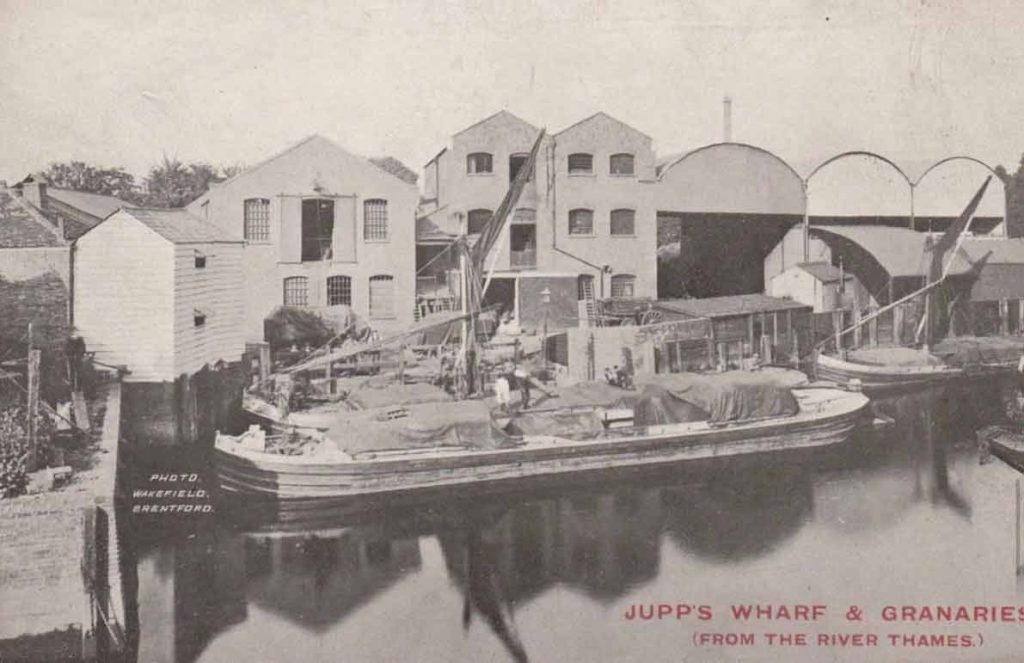
The Jupp family leased a malt house at the Strand on the Green, by the Thames at Kew Bridge.
They also operated Jupps Wharf at the end of the Grand Union canal. There was further expansion with a least one malthouse, No 45, at Strand on the Green, Chiswick and so further east along the Thames towards central London.
This was acquired through William Jupp, the younger marrying Elizabeth Saunders in 1826. She was the daughter of Charles Saunders who had inherited the maltings from his father John Saunders.
1848
William Jupp was a partner with Edward Wilks and Matthew Henry Cowell as brewers in St Georges Road, Southwark.
1852
William Jupp (I) senior dies and his son William (II) had expanded the number of maltings in Brentford, with the addition of malthouses behind Nos 84 & 85 the High Street, which also gave access to Jupps Wharf.
Mid 1800s
Malt was being supplied by the Jupps business to Samuel Whitbread and Benjamin Truman. This was taken up to Tower Bridge by sailing barge. The then carrier was a local farmer called Margaret French.
In 1864 William Jupp bought at auction a freehold malthouse on either side of the River Lea in Stanstead Abbotts, Hertfordshire.
One was River Mead Maltings on the Stanstead St Margarets side of the river, just behind the Jolly Fisherman pub and the other was the Rose and Crown maltings on the opposite side of the river, which is still in use today.
The sale notice indicates that the floor maltings had a steeping capacity of 56 quarters every eight days. It also had a wharf on the navigable river Lea. This meant that the malt produced could easily be shipped down to London by barge. It was also with 200 yards of St Margarets Station which would also have provided direct access to London’s Liverpool Street station.
The Maltings was auctioned in 1864 at the Saracen’s Head Inn on Ware High Street (a neighbouring town)
1867
By this date roasted malt or patent malt were governed by the Roasted Malt Act (5 Vic c 30 (1842)). This provided that only those who were licensed could make roasted malt. There were strict regulations as to the site of the premises and not that many could comply with these, so not many entered the business. Of course, this made such production more or less a monopoly, and therefore profitable for those so licensed. This would have been an important strategic move by French and Jupps. The Act was only repealed when the Malt Tax was repealed in 1880.
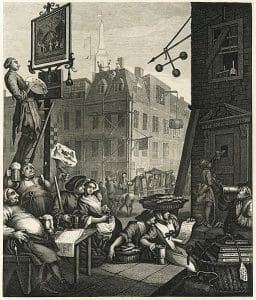
1881
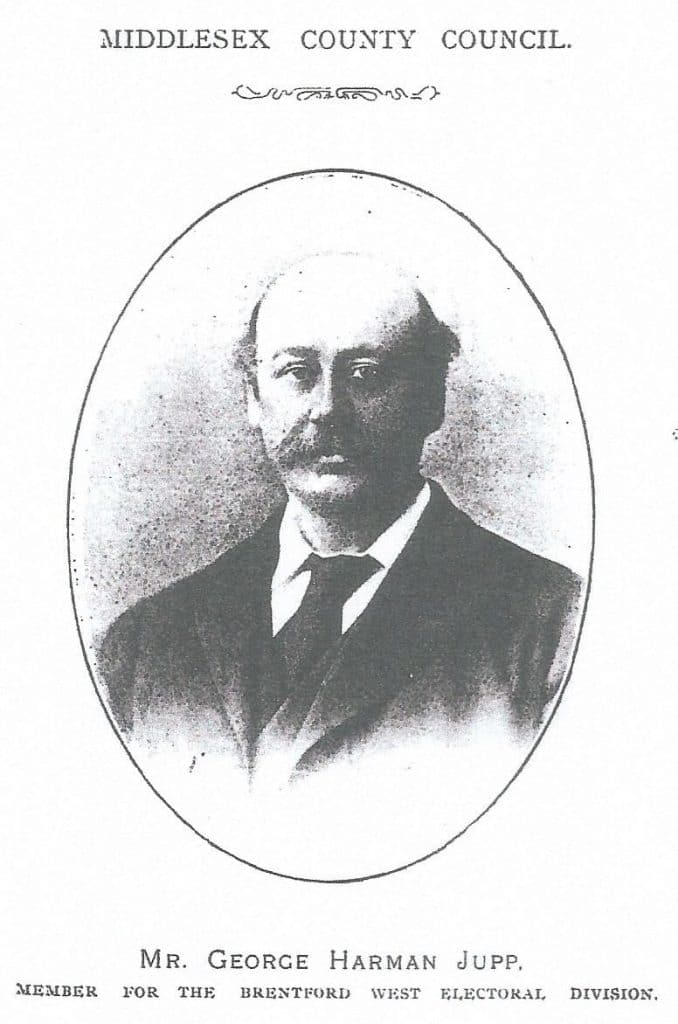
George Harman Jupp takes over the running of the business in 1881. French and Jupps now employs 66 men.
1887
1889
David Jupp purchased the maltings of H.A.& D Taylor in Stanstead Abbotts. Parts of the site dated back to before 1750. H.A & D Taylor continued in business elsewhere in Bishops Stortford and Sawbridgeworth.
1896
Other sites were subsequently purchased in Stanstead Abbotts and the whole enterprise moved there in this year. Cottages were built to house the employees who relocated from London. Barley was malted at one end of the village (on the present site), and the lightly kilned malt was placed in bags and taken by horse and cart to a maltings at the other end of the village, by St Margaret’s Station, where it was roasted.
1903
1914
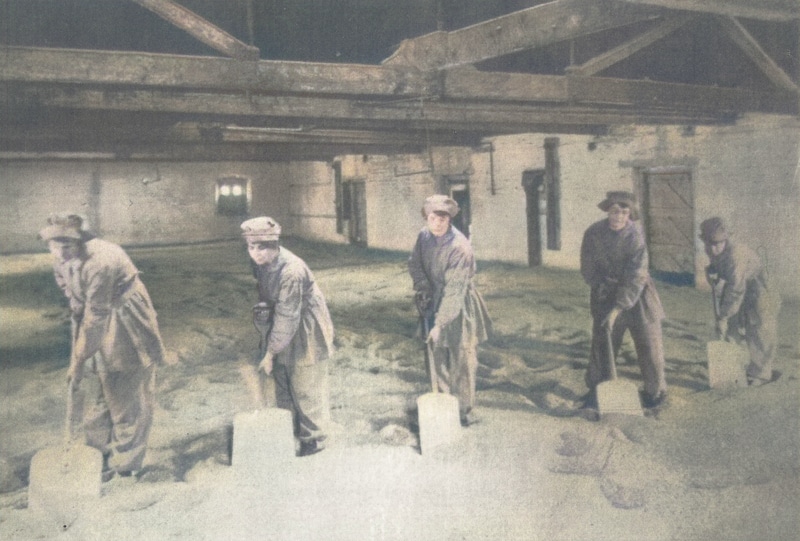
1922
From the early 1920s there were a number of changes and improvements to the various malthouse plants in Stanstead Abbots. These included in 1922 the purchase of a Boby crystal malt cleaning plant, and in 1923 a specific crystal malt store was built.
Claude Jupp becomes Chairman. In the early 1900’s Claude was the ‘fastest man’ in England over the new distance of 220 yards, winning the 1906 National Championships in a time of 22.6 seconds
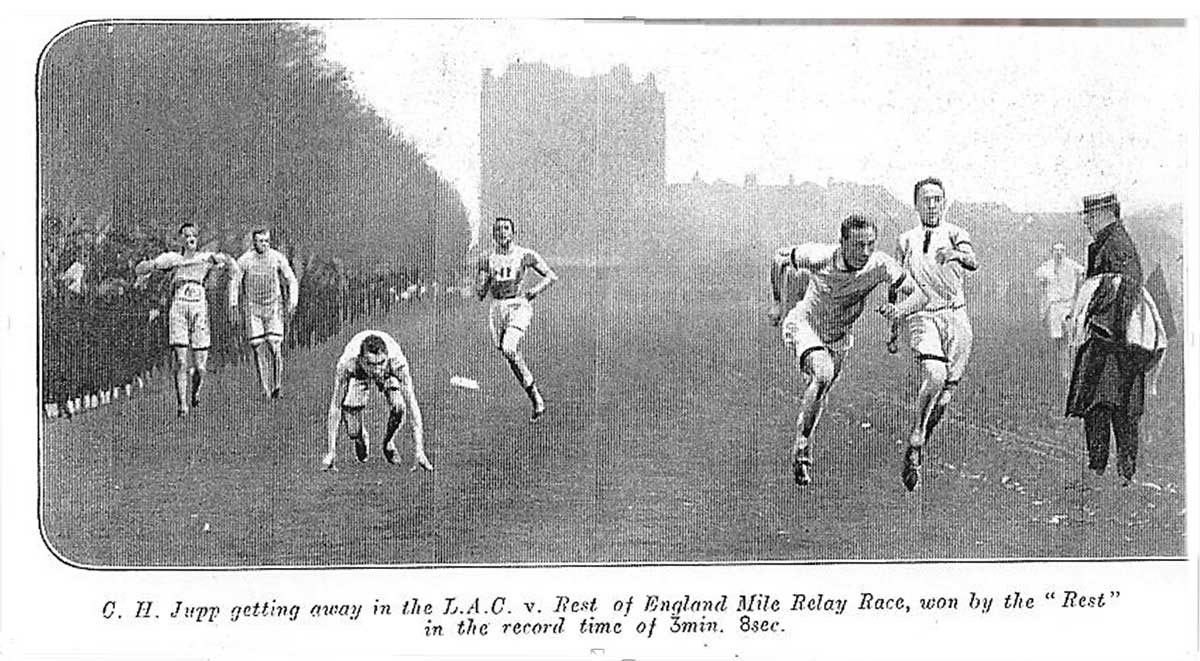
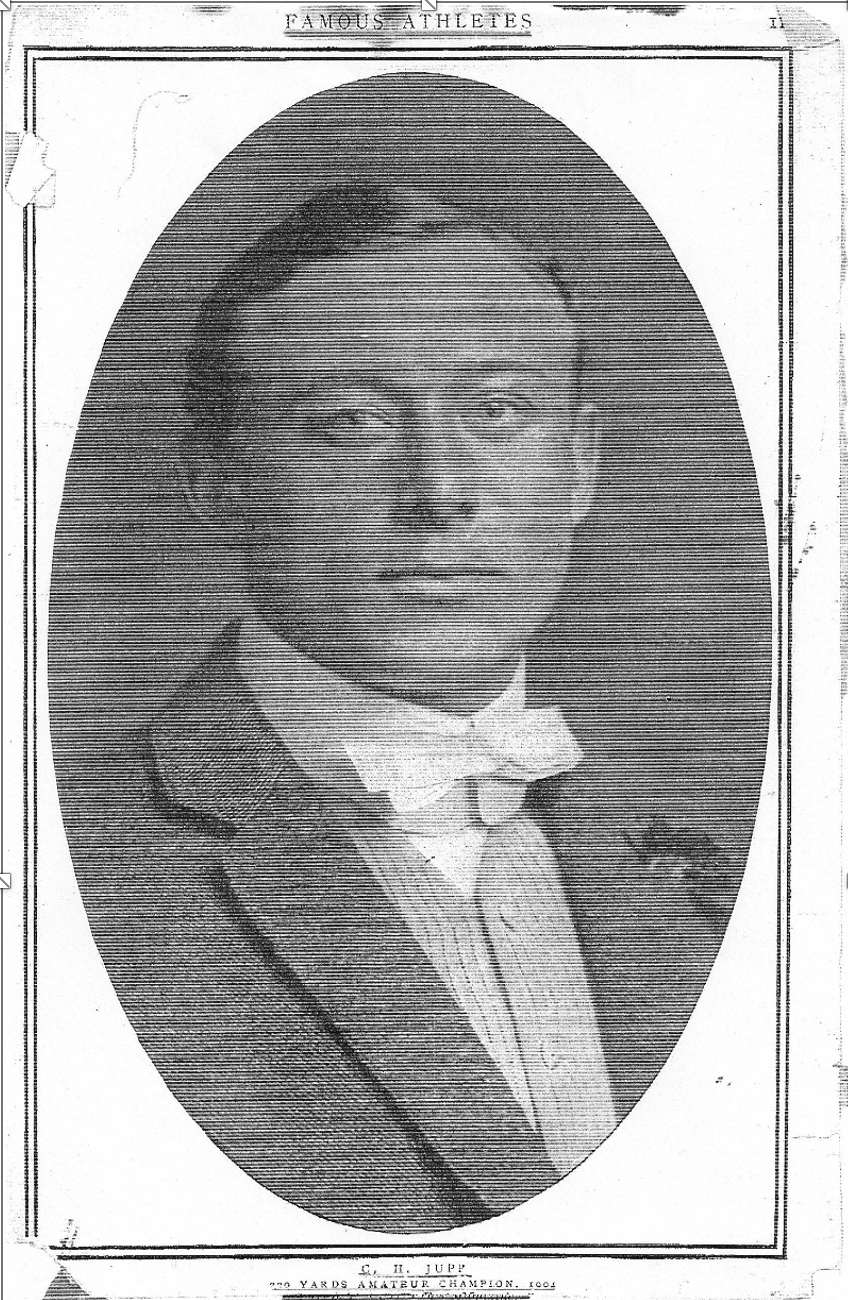
1928
In 1928 Malthouse No 1 was demolished, but in 1929 two Bryan Corcoran cylinders were installed, with a further six by 1934. All these cylinders were installed in the roasting plant behind the Jolly Fisherman. The size of the two large drums resulted in the need for more substantial foundations.
1937
By 1937 a gas plant was bought.
1939
The second World War begins and French & Jupps closes its London office moving it to Stanstead Abbots. Later during the war the offices relocate again in 1943 to 6 Great Winchester Street, London EC2.
1940
In 1940 the Ministry of Food took over the Brown Malthouse. There were labour shortages and women return to the maltings to keep it in operation. Men also signed up but this was partially solved with Irish maltsters from Guinness.
1946
In 1946 Ronald David (Ronnie) Jupp becomes a director and a year later company secretary.
1963
1964
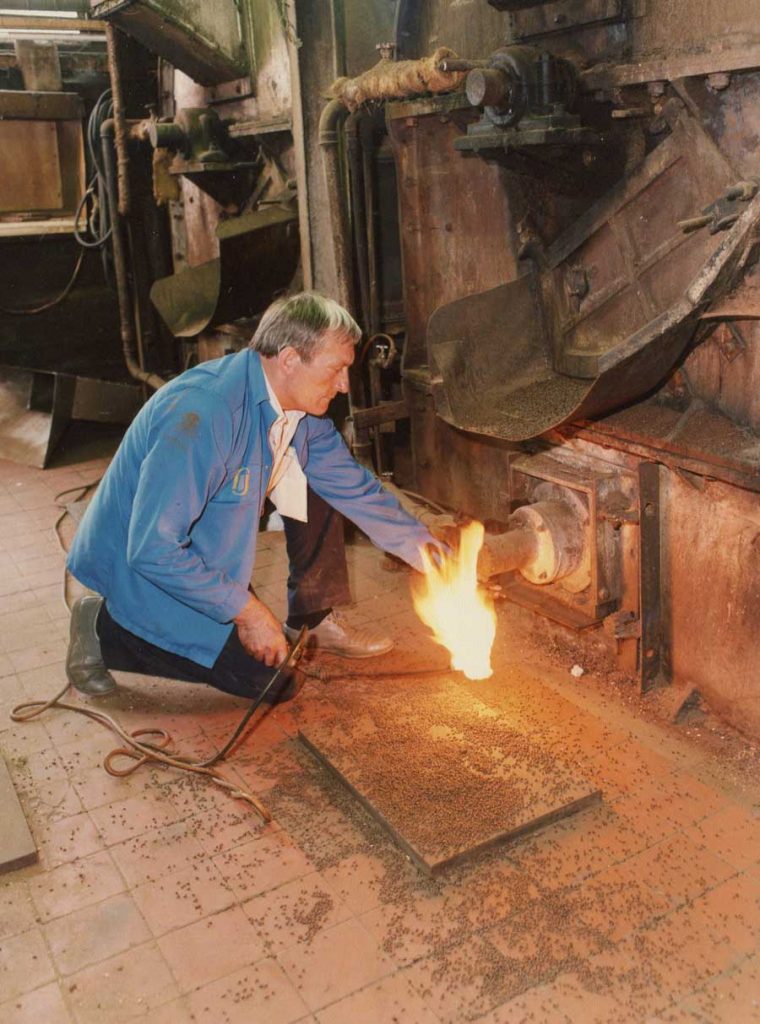
1966
1968
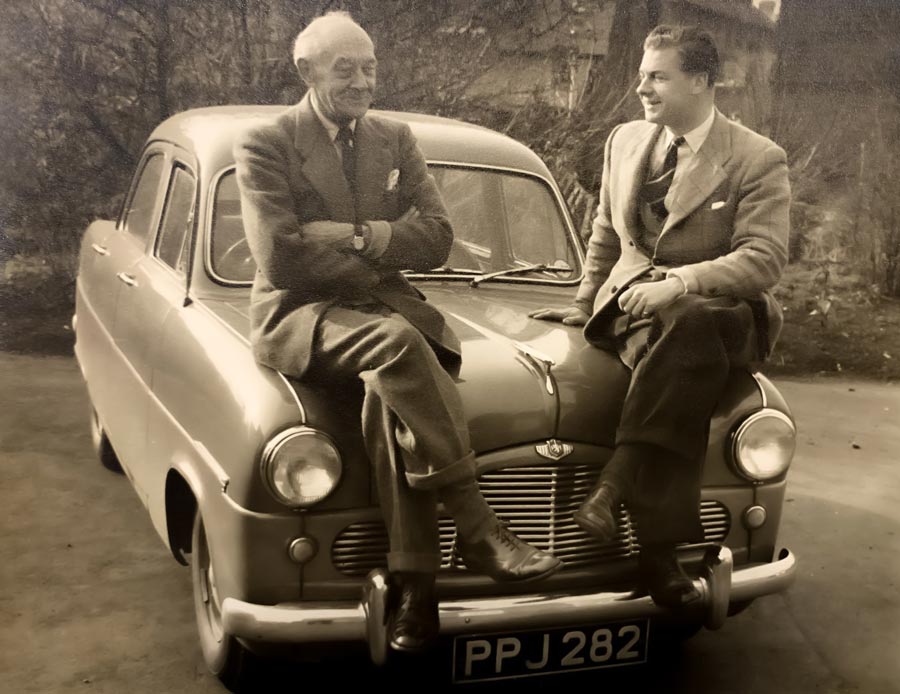
Photo: Left – Claude Jupp , Right – Ronnie Jupp
Mr Ronnie Jupp became chairman after taking over from his father, Claude.
1974
Floor malting in the industry is ceased, and in this year a germinating drum was purchased from Lacon’s Brewery Maltings in Great Yarmouth, Norfolk.
1980
Production trebles with the advancement in technology and automation.
1987
The three Barth roasting drums were installed, two for Crystal malt production one for patent malts.
1990
Saw the arrival of no 4 germination drum which was so large it had to be brought with a police escort.
1992
In 1992 Ronnie Jupp transferred the managing directorship to Guy Horlock who retired as chairman in 2011. David Jupp (III) becomes managing director, the fifth generation in the Jupp family. He later becomes chairman in 2020.
1994
2000
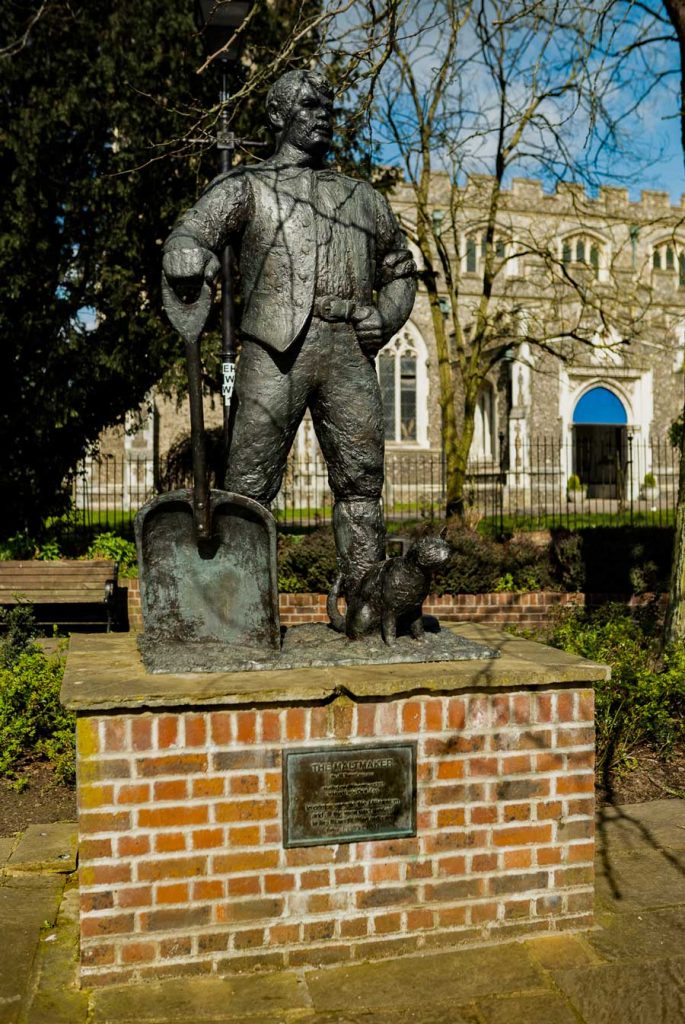
2006-2007
A roasting drum was bought from Guinness Park Royal Brewery in London, originally for spare parts but was soon put into commission roasting patent malts as the business grew.
2010
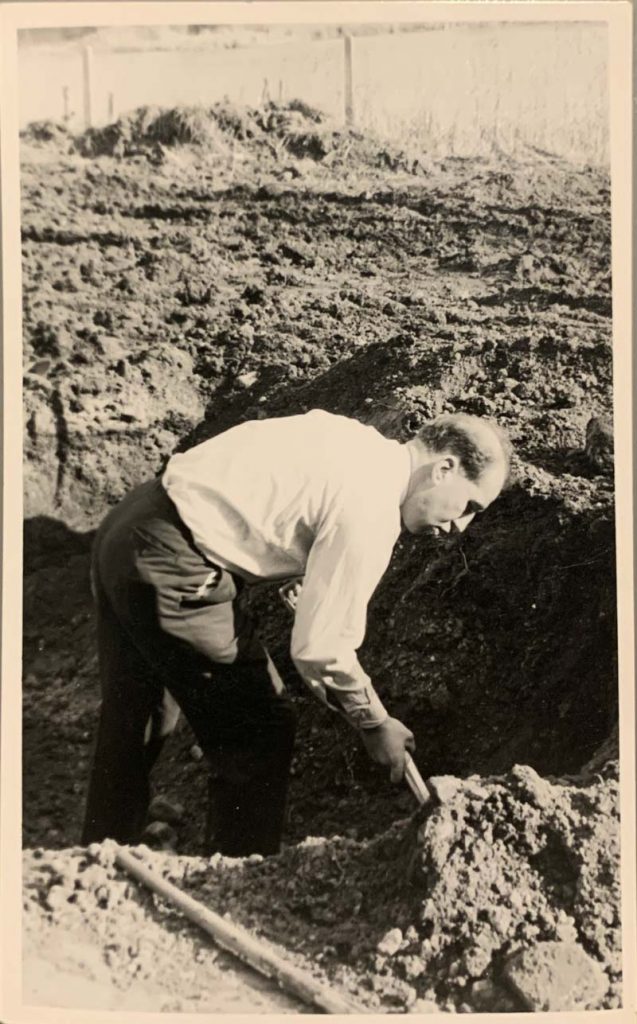
Always ready to roll up his sleeves throughout his 60 dedicated years of employment, Guy Horlock retires as Chairman after transforming the business to ensure its long-lasting legacy
2019
With porters and distinctive fine ales growing in popularity, French & Jupps proudly launches its “Light Chocolate” Malt.
2020

Photo: Left – Paul King (MD) , Right – David Jupp (Chairman)
David Jupp retires as Managing Director and continues over 330 year of family involvement by becoming the new Chairman of French & Jupps.
2024
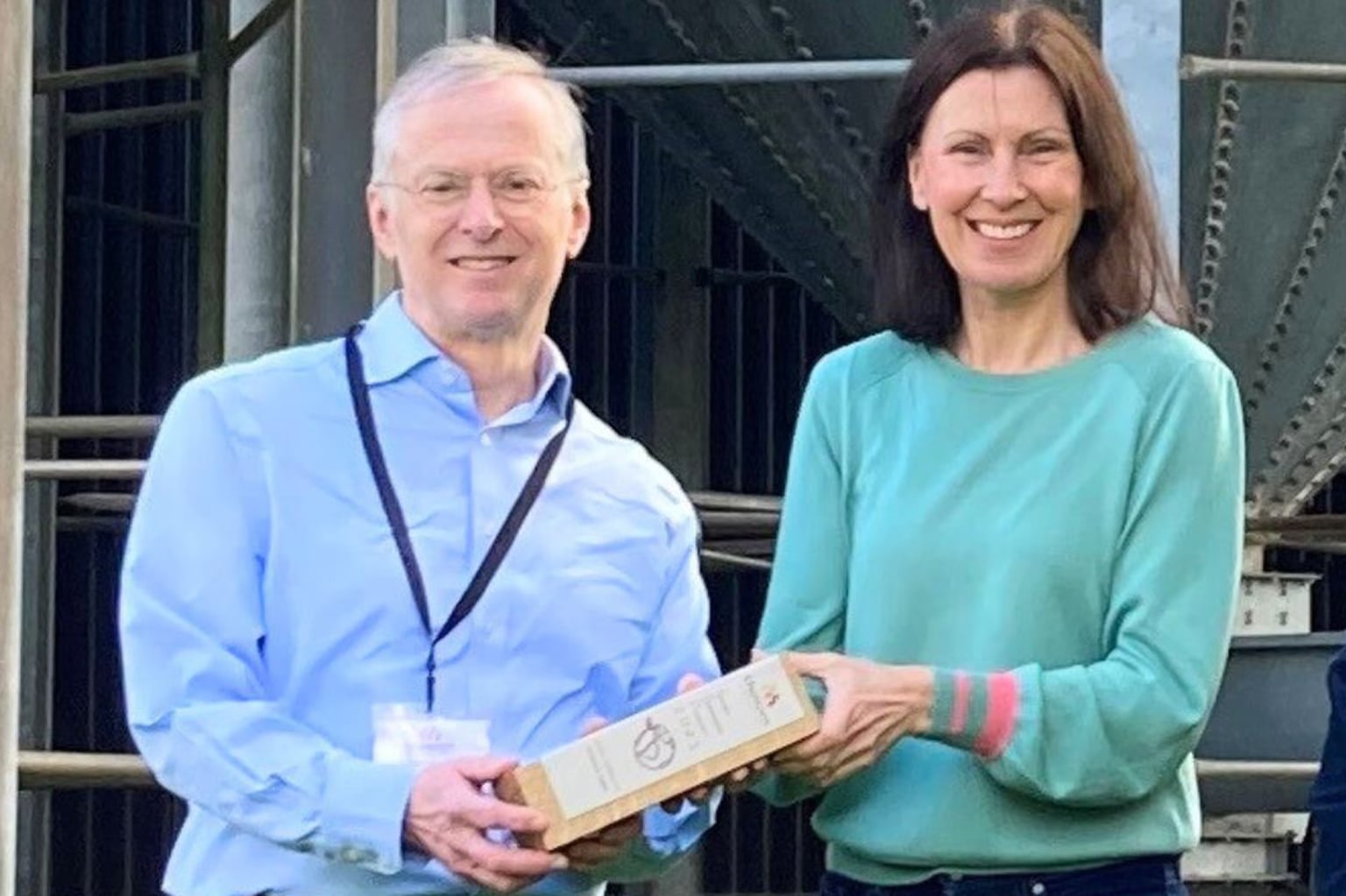
French & Jupps is awarded the “Most Improved” supplier by partner Muntons Malt sustainability programme. The programme was launched in 2022 by Procurement Manager Sarah Phillips “to increase the support of our supplier base in achieving our sustainability goals.”
To learn about the journey from field to glass and more detailed explanation of the malting process click below.
Proudly delivering outstanding quality and services for centuries to come.
We pride ourselves in:
Producing the finest quality speciality malts
Providing an inspiring environment for businesses to develop and grow
Supporting the community and local youth programmes
Family owned and driven by core family values.
We are: One team, supportive, honest, respectful and care greatly about our community, local talented youth and the environment.
French & Jupps Ltd, Roydon Road, Stanstead Abbotts, Herts, SG12 8HG